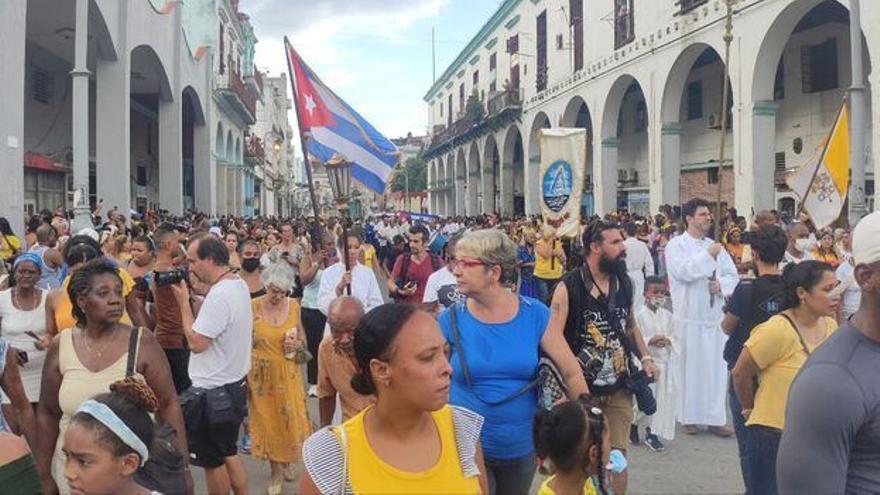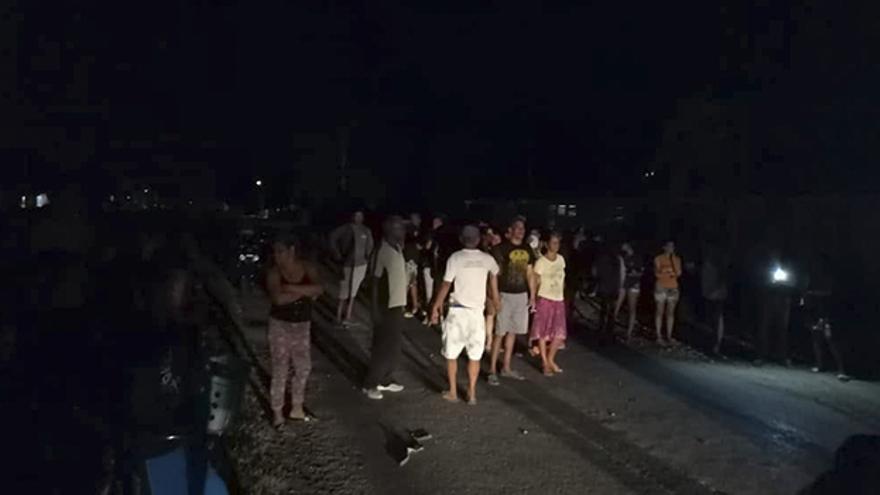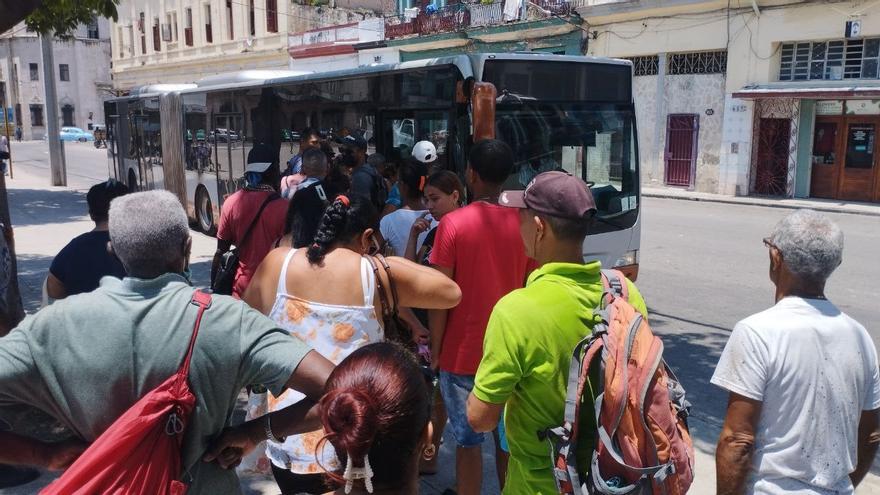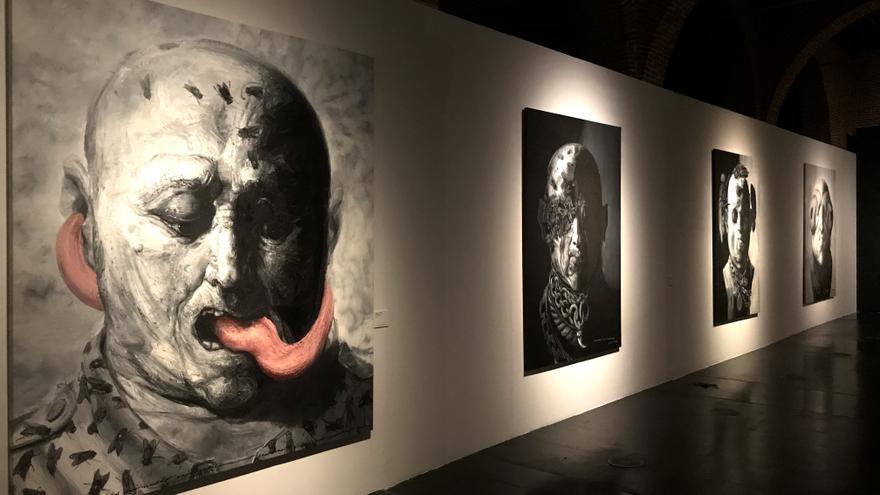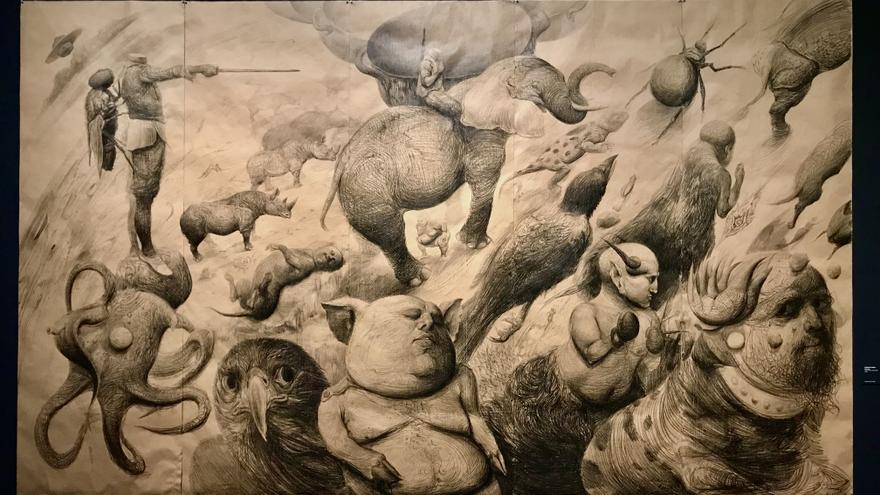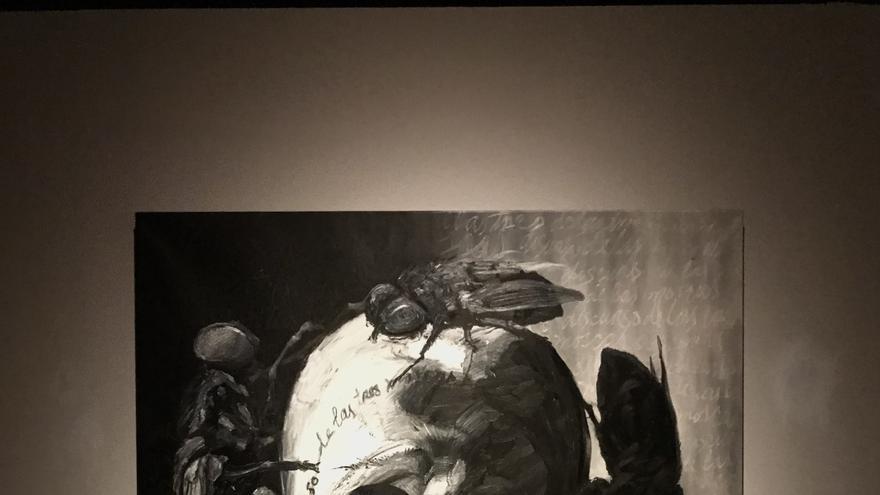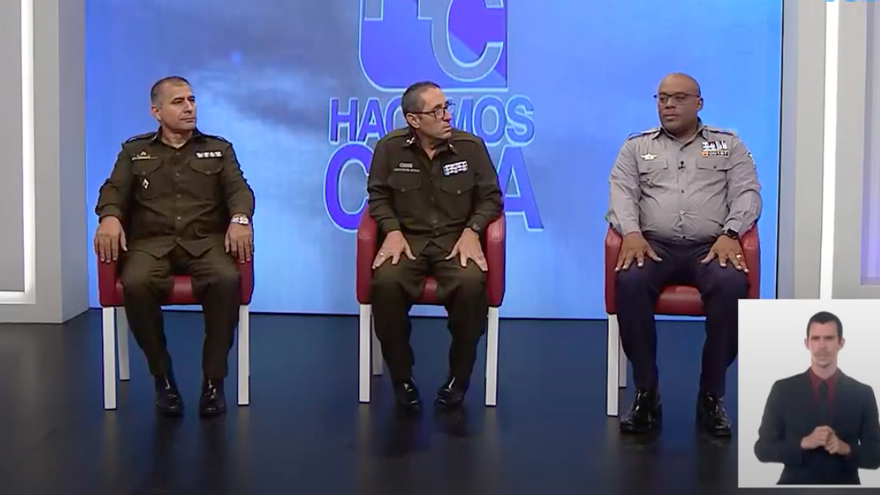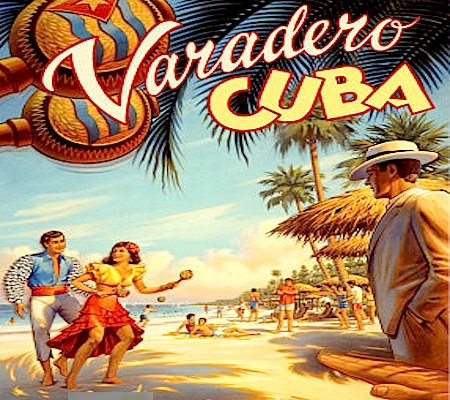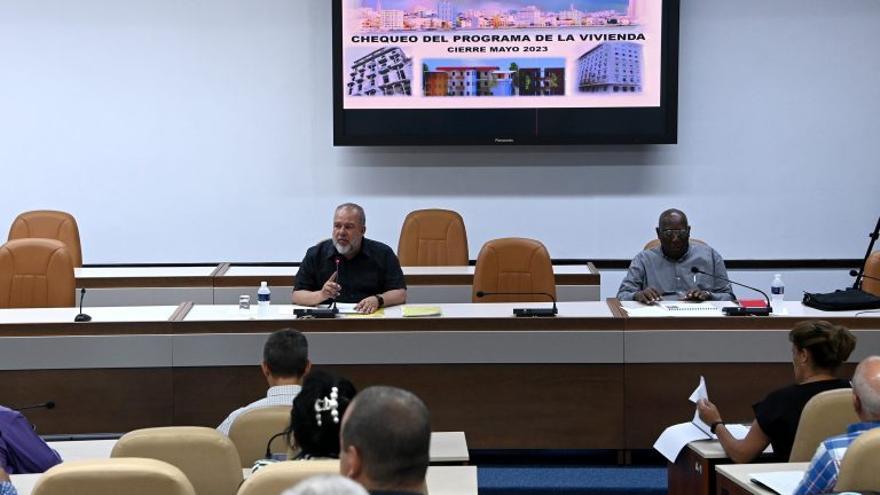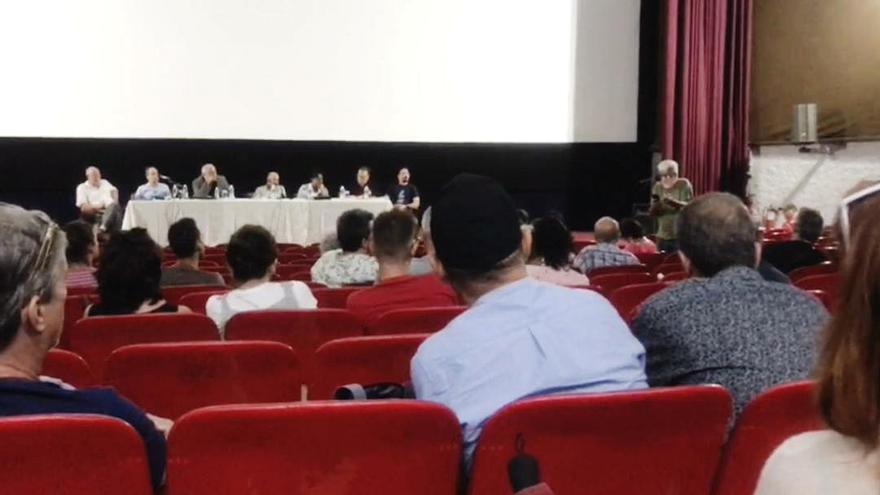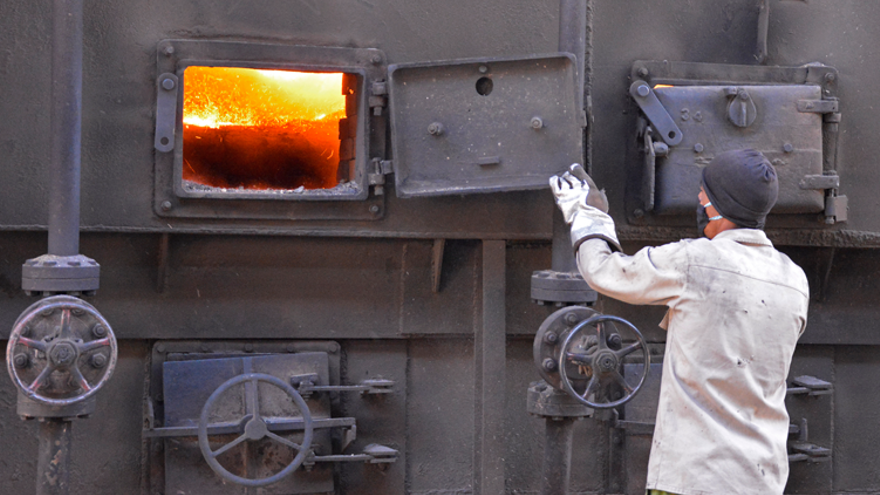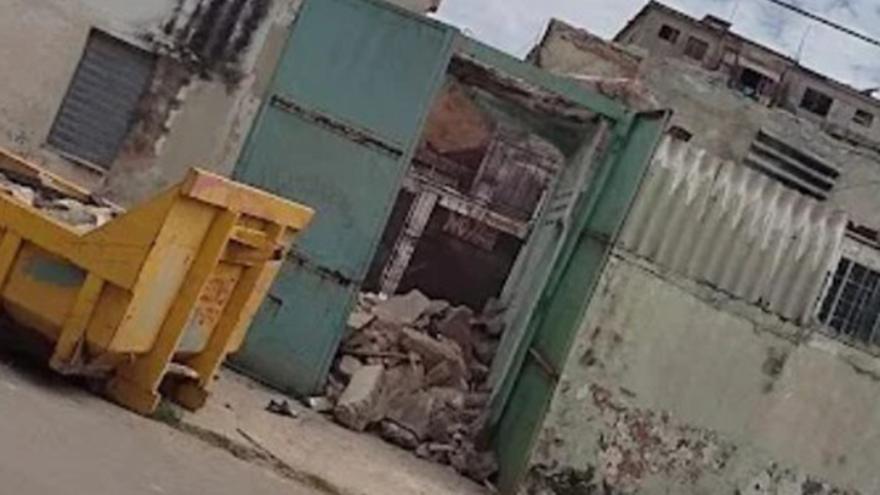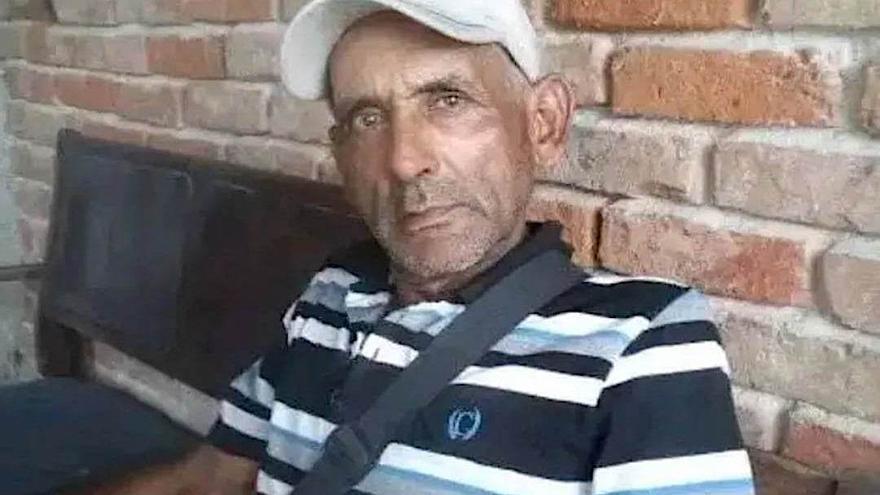
![]() 14ymedio, Havana, May 24, 2023 — Antonio Silvino Díaz Yera, 57 years old, who worked as a Santa Clara cart driver, died on Monday after being assaulted and stabbed outside the Los Caneyes Hotel. The Police have arrested two suspects, yet the investigation remains open, as the horse and cart — whose theft is the alleged motive for the murder — have not been found.
14ymedio, Havana, May 24, 2023 — Antonio Silvino Díaz Yera, 57 years old, who worked as a Santa Clara cart driver, died on Monday after being assaulted and stabbed outside the Los Caneyes Hotel. The Police have arrested two suspects, yet the investigation remains open, as the horse and cart — whose theft is the alleged motive for the murder — have not been found.
“He’d gone out on a ride and never returned,” said Laurien López — niece of the deceased and resident of Camajuaní — who reported the crime. Díaz’s still-living body was found the next morning by a male resident of the Los Caneyes neighborhood, a hotel located on the outskirts of the city and very close to the Che Guevara Mausoleum.
The man, immediately called for a patrol car and Díaz was taken to the Arnaldo Milián Provincial Clinical Surgery Hospital. “He arrived with a stab wound to the chest, a slit throat and with many bruises. He hardly had any vital signs and was almost dead,” López recounts. “He died in the foyer, while they were trying to save him.”
“The police arrested two people with blood-stained clothes, but they haven’t wanted to talk,” revealed Díaz’s niece. However, there was no sign of the cart or the horse.
Despite the fact that the place where López was assaulted is frequently visited by tourists, it is a remote area in whose vicinity shanty neighborhoods have accumulated. The most notable of them and where crime is frequent, is located right next to the pharaonic Guevara mausoleum. continue reading
“The family is extremely upset about what happened. My uncle had a slight learning disability. He had no children and lived with a cousin of ours,” says López. “He was not engaged in transporting people but rather some loads, such as bagasse from the guaraperas, and he would take it to the dump. He lived between the streets of Roble and Síndico. Occasionally, someone would see him and place an order.”
In December 2022, another cart driver from Villa Clara, identified as Osvaldo, was also murdered in order to steal his horse in the municipality of Encrucijada. The crime was reported on social networks, but the Police did not offer any official version. Like López, he also went out to carry out an errand and did not return to his house. He was found in a cane field, with his throat cut and a mutilated hand.
Last April, another cart driver from Jinaguayabo, a rural town near Remedios and the luxurious Cayería Norte de Villa Clara, explained to this newspaper that his route had become a highly dangerous area.
In the middle of a journey, he picked up three people who were waiting on the road and shortly after he was robbed. “When they were reaching the bridge, the one behind me tied a strap around my neck and forced me to park in the ditch.” They took the phone, some bluetooth headphones, his watch and the collection of the day, 2,500 pesos. “At least they left me the horse and cart,” he recounted with some relief. “Now we have to see if I can buy back what I lost, because the Police are not going to find the thieves.”
The violent theft of animals in Cuban fields has also been on the rise for the past two years, with Villa Clara topping the list of unsafe provinces.
A report published in this newspaper last July exposed the methods of thieves to steal large and small livestock from private farms. The criminals study the place and the owners of the animals well, and use different painkillers to sedate oxen, cows and pigs, which they then transport in carts or dismember on the spot.
Violence and murder are increasingly accompanying assaults on the island. This Tuesday, a priest from Santiago de Cuba, Eliosbel Pereira, was attacked to take his motorbike away. The priest also received a machete blow to the left hand that required surgery.
Laurien López, who lamented the murder of his uncle on Facebook this Tuesday, is clear about the urgency of resolving the situation of insecurity in the country: “Stop those speeches about the country advancing. It does advance, but in delinquency and crimes “, he rebuked. “The Cuba that once was calm is very dangerous.”
____________
COLLABORATE WITH OUR WORK: The 14ymedio team is committed to practicing serious journalism that reflects Cuba’s reality in all its depth. Thank you for joining us on this long journey. We invite you to continue supporting us by becoming a member of 14ymedio now. Together we can continue transforming journalism in Cuba.


